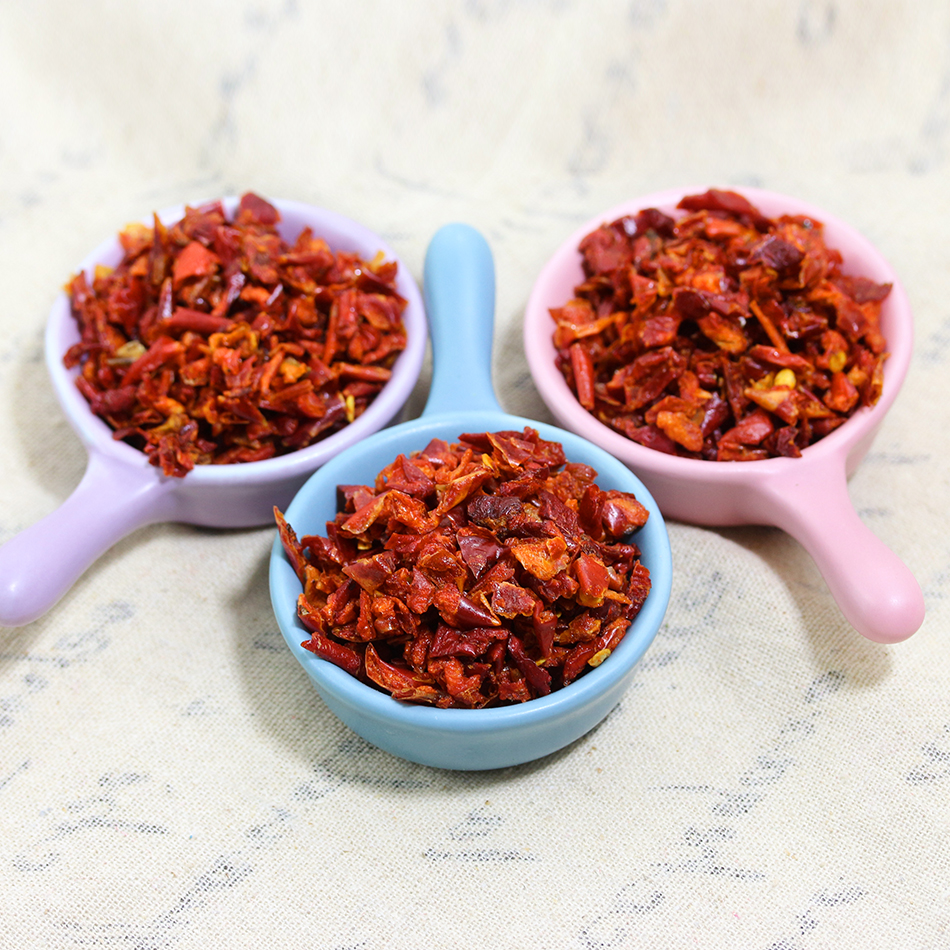North China is the main wheat producing area in China. The continuous development of wheat production and the continuous improvement of production levels in the region have made important contributions to the continuous increase of wheat production in the country. However, the region is a region where China's water resources are very scarce. The irrigation of wheat fields mainly relies on over-exploitation of groundwater, which causes the groundwater level to decline year by year. Wheat production is not high-yield, high-yield does not save water, and the combination of water-saving and high-yield is the long-term sustainable development of wheat production. Promote the application of "winter wheat water-saving and high-yield technology" to improve the efficiency of water and nitrogen fertilizer utilization under the premise of ensuring high yield and stable yield, and simplify management measures to save costs, achieve water-saving, fertilizer-saving, high-yield, and simplify multi-objective unification. It is of great significance to transform wheat production methods and promote the sustainable development of regional wheat production.
Technical points: 1. Pouring the foot to adjust the soil water storage in the wheat field: make up the bottom water before sowing to ensure that the water storage capacity of the 2 m soil in the wheat field reaches about 90% of the maximum water holding capacity in the field. The amount of water in the bottom water is determined by the water deficit of the soil of 2 meters before sowing. Generally, under the condition of about 200 mm of precipitation in August and September of the year, the water is 75 mm before the sowing. When the precipitation is large, the amount of water can be reduced. At 75 mm, when the amount of precipitation is small, the amount of irrigation should be more than 75 mm, so that the bottom is sufficient.
2. Adapted varieties with early maturity, drought tolerance, large panicle capacity and high grouting intensity: early maturing varieties can shorten the late growth time, reduce water consumption, and reduce the degree of dry hot wind damage in the later period. The multi-panicle type or intermediate type with large panicle capacity is beneficial to adjust the number of ears per pan and the sowing date. The grain with high grain filling intensity develops fast, the fruiting time is short, and the production is relatively stable. It is suitable for high-yield cultivation techniques.
3. Appropriate amount of nitrogen, concentrated and sufficient application of phosphate fertilizer: about 500 kg per mu, nitrogen fertilizer nitrogen consumption of 10-13 kg, mainly based on base fertilizer, a small amount of follow-up in jointing stage, suitable base: chasing ratio of 7:3. When planting wheat, concentrate the application of 25-30 kg of diammonium phosphate, and the ratio of nitrogen to phosphorus is 1:1. High-yield fields need to be supplemented with potassium sulfate 10-15 kg.
4. Appropriate late sowing: Early sowing wheat field has a long growing time before winter, and consumes a large amount of water. It needs to be replenished early in spring, which limits the use of soil water under the same water conditions. Properly planted in the evening, it is beneficial to save water and fertilizer. The late sowing is based on the principle of noting the heading, and the 3 years of the wintering seedling age is a limit, and the production period is suitable for the late sowing of seedling ages 3-5. The localities determine the specific broadcast date accordingly.
5. Increase the basic seedlings and strictly control the quality of sowing: This model mainly relies on the main stems and spikes. Within the above-mentioned late sowing period, the basic seedlings of 300 mu are used as the starting point. For each day of planting, the basic seedlings increase by 15,000. Miao, with the basic seedlings of 450,000 seedlings as the highest seedling limit for late sowing.
6. Strict repression after sowing: When the soil is dry after the rotary tillage, it must be suppressed. Select the suppression equipment, use a small walking tractor to carry the pressure roller to suppress, the ground pressure should be flat, to avoid the wheel from pressing out the deep groove.
7. Spring key water: This is an important part of high-yield water-saving cultivation. The optimal irrigation time for the first water in spring should be determined according to the specific conditions.
Disclaimer: Some articles on this website are transferred from the Internet. If legal rights of third parties are involved, please inform this website. phone
Dried chili is a chili product formed by natural drying and artificial dehydration of red chili, also known as dried chili, dried chili, dried chili, processed chili, processed chili, etc. It is characterized by low moisture content and suitable for long-term storage, but dried chili peppers with unsealed packaging or high moisture content are prone to mildew. Dried chili is mainly eaten as a seasoning.

Dehydrated Red Pepper,Natural Dried Red Pepper,Natural Pollution-Free Dried Red Pepper,Dehydrated Chili Powder
Laian Xinshuyu Food Co., Ltd , https://www.xinshuyufood.com